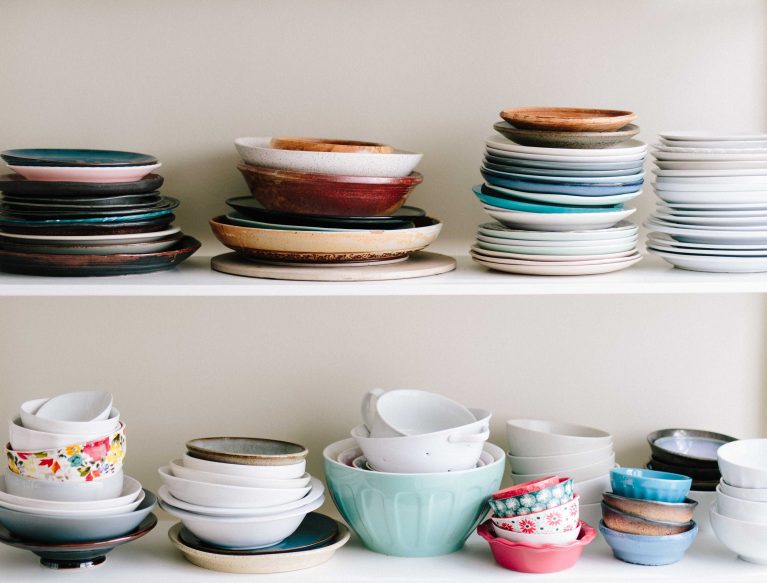If you’re like most people, you have a few items in your home that are either too fragile or too important to move during a relocation. Maybe you have an expensive piece of furniture that can’t be replaced, or maybe you have a collection of rare coins that need to be kept safe. In cases like this, it’s best to store your items in a self-storage facility. But if you’re going to do that, you need to make sure your items are safe from damage. This blog post will discuss how to keep your items safe during storage and prevent them from being damaged or lost.
Keep your items organized
Keeping your items safe is important, but it’s also important to keep them organized. That way, you can find what you need when you need it and won’t have to search through a pile of boxes to find it. The best way to do this is to label each box with the contents and the date you stored it. You should also make a list of what’s in each box and where it’s located in the storage facility. This will help you keep track of your items and ensure that nothing gets lost or forgotten about.
Choose the right storage facility
You need to choose the right storage facility. Not all storage facilities are created equal, and some are better than others at keeping items safe. When you’re looking for a storage facility, be sure to ask about their security measures. Find out if they have cameras, alarms, and/or guards on site. Also, ask about their insurance policy. You want to make sure your items are covered in case of fire, theft, or damage from weather or other natural disasters.
Pack your items with care
Once you’ve found a storage facility that meets your needs, it’s time to start packing your items for storage. If you’re storing fragile items, be sure to pack them carefully, so they don’t get damaged in transit or during storage. Use bubble wrap, packing peanuts, or other protective materials to keep your items safe. Also, be sure to label all of your boxes, so you know what’s inside.
Storing items like glasses, vases and plates, and bowls can be tricky. You don’t want to just stack them on top of each other in a box because they could break. Instead, use packing material to create layers at the bottom of the box, and then place your items on top of those layers. This will help protect them from breaking during storage or transportation.
Larger items
If you’re storing larger items like furniture, be sure to measure them before you pack them into storage. That way, you’ll know if they’ll fit through the doorways and hallways at your storage facility. You may need to disassemble your furniture before you store it, so it’s easier to move around and won’t take up as much space. Once you’ve measured and packed your furniture, be sure to label it with the date you stored it and your contact information in case you need to retrieve it later.
Pests
Use rat repellent, moth balls or cedar balls to keep pests away from your stored belongings. These items will help keep your belongings safe from insects and rodents, which can damage them.
Be sure to visit your storage unit regularly to check on your items. This will help you make sure everything is still in good condition and that nothing has been damaged or lost. If you notice any problems, be sure to contact the storage facility so they can address the issue.
Stacking
Don’t stack your boxes too high. If a stack of boxes falls over, it could damage the items inside.
Store larger items on the bottom or towards the back of the unit to prevent them from toppling over.
Use pallets to raise your items off the ground and help keep them dry.
When you’re ready to retrieve your items from storage, be sure to do so carefully. Don’t just dump everything into a truck or car. Instead, take the time to pack your belongings properly, so they don’t get damaged during transport.
Visit your storage unit regularly to check on your belongings and make sure nothing has been damaged or lost. If you notice any problems, contact the storage facility so they can address the issue. By following these tips, you can rest assured that your belongings will be safe while they’re in storage. So if you need to store some items for a short time or long term, don’t hesitate to use a self-storage facility. Just be sure to do your research and choose a reputable storage company. With a little planning and care, you can keep your belongings safe and sound.



